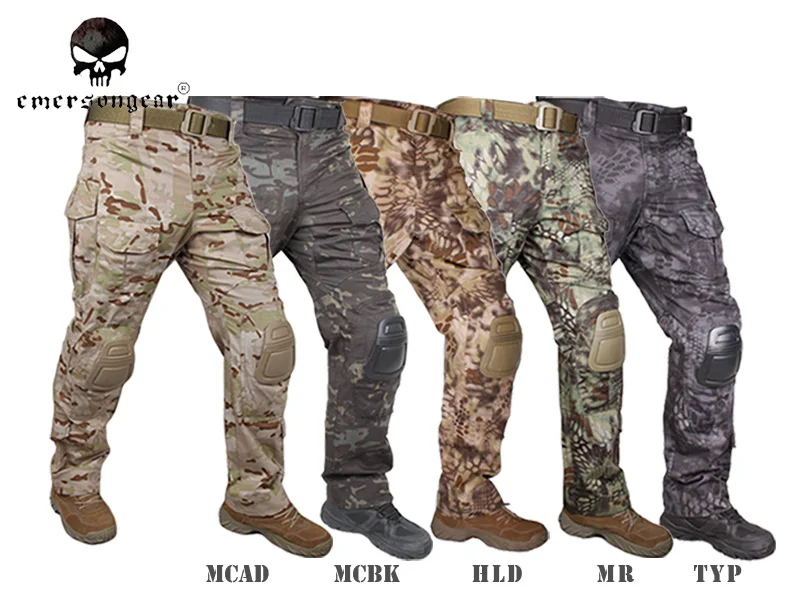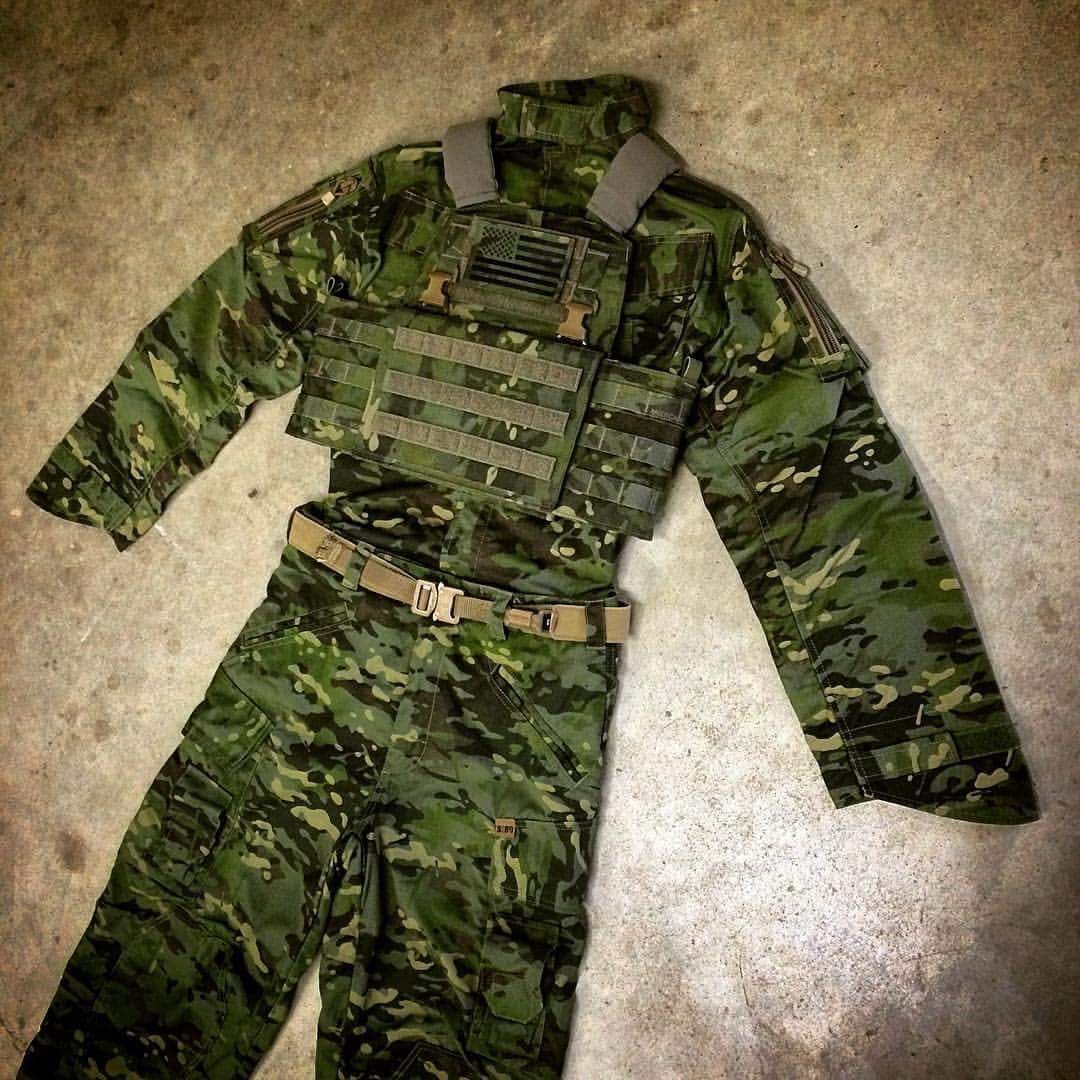

The Battle Dress Uniform is distinguished from the Army Combat Uniform mainly by its design features.ĭifferent environments and conditions call for different camouflage. Is there any difference between them, you might ask? The answer is yes. To the casual observer, an ACU looks very much like a BDU. Over the past two decades, BDUs and BDU camouflage patterns evolved into the highly effective products they are today, thanks to advanced digital technologies and innovative materials and designs. BDU-style garments and the camouflage patterns for them (as well as their associated pieces of gear) continued to be produced. standard-issue, the concept of the BDU lived on. However, the abbreviation “BDU” is still used as an unofficial term meaning any combat uniform.Īlthough the ACU eventually replaced the BDU as U.S. It was supplanted by the ACU (Army Combat Uniform) which remains in use by the American military to this day. armed forces personnel from 1981 to 2008. “Battle Dress Uniform” was the official name given to the combat uniform worn by U.S. Printed with infrared-brightened dyes (to help prevent detection by enemy combatants equipped with near-infrared image converters), this BDU was a direct descendant of the tropical combat uniform that came into wide use during the Vietnam War and that bore design similarities to the uniform of World War II-era U.S. military introduced the BDU, the first iteration of which was bedecked in a four-colour woodland pattern. Until 1981, American soldiers customarily wore monocolour combat uniforms. However, Leaf Pattern camouflage (also known as “The ERDL Pattern”) was kept on the shelf and went unused until its issuance in 1967 to elite troops fighting in Vietnam. rolled out what was called “The Leaf Pattern,” a product of its Engineer Research and Development Laboratories (ERDL).

In the United States, the first military camouflage pattern was introduced in 1942.

Italy is credited as the first nation to formally issue camouflage military clothing, but it was Germany in the years before World War II that led the world in the science-based development of camouflage clothing. Later, drab colours were added to those uniforms. At that time, a relative handful of musketmen were informally issued green uniforms to help them be less conspicuous as they moved through and took up positions in woodlands and grassy areas. It is a 7 color multi environment camouflage pattern developed by Crye Precision in conjunction with US Army Natick labs.The first use of military camouflage traces back to the mid-18th Century. MultiCam is designed for the use of the US Army in varied environments, seasons, elevations, and light conditions. Please note, textures are included only in the 3ds Max and Maya zips (download one of these files whatever format you require). Normal map and specular map at 4096 square. Region specific architecture and vehicles also available. 534779Īll formats provided here come in 'T-Pose' ready for rigging. Many accessories are available for this base model, for example TS I.D. Head and face is complete beneath helmet.

This figure is part of a huge related model collection available from ES3DStudios.
Multicam bdu plus#
Single diffuse colour texture at 4096 square, plus 4096 specular and normal maps. US Army soldier in new style 'MultiCam' BDU's.


 0 kommentar(er)
0 kommentar(er)
